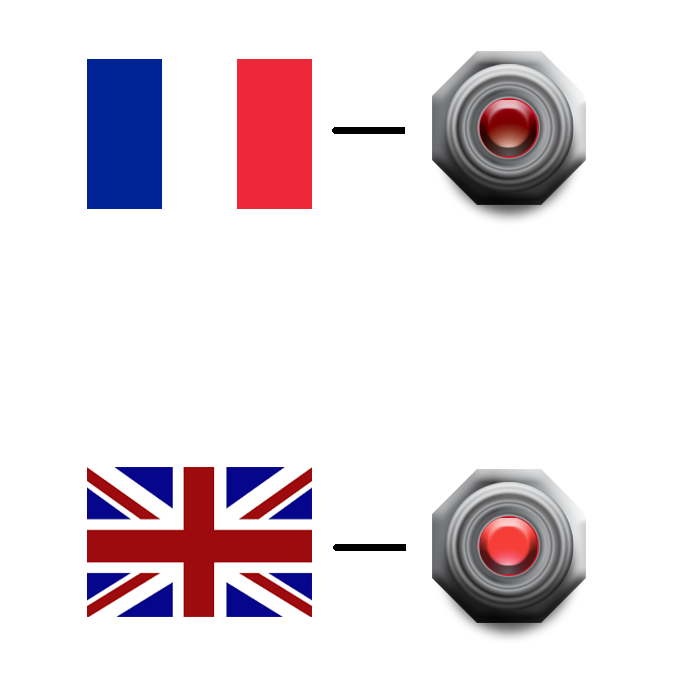AO-7 [ contact ]
In order to correct the mount's rapid tracking errors, I set out to find active optics. So on eBay I found a used AO-7 SBIG.
The principle is simple: a 45 degree mirror mounted on a central ball joint and equipped with magnets is deflected by four coils placed below, following the orders of the autoguider.
The concern is that this active optic only works with the ST-x series cameras from SBIG, which I do not own and do not intend to purchase.
The idea is to have it recognized by PHD2, which only manages Starlight Xpress SXAO optics.
First, I assumed that the connection was made in i2c from the camera. So I thought of making a software proxy which, via a virtual COM port, will intercept SXAO commands from PHD2, to transcribe them into SBIG commands and send them back to a USB / i2c interface.
But obviously, the connection is not in i2c, and I could not find any doc on the communication protocol. Not having either the camera that goes with the optics, it is also impossible to listen to the connection ...
Suddenly big decision: replace the original electronics with one which made by myself. Equipped with a microcontroller and an FTDI chip-based USB UART, it will emulate the electronics of an SXAO to deceive PHD2, and thus drive the windings of the AO-7.
The concern is that this active optic only works with the ST-x series cameras from SBIG, which I do not own and do not intend to purchase.
The idea is to have it recognized by PHD2, which only manages Starlight Xpress SXAO optics.
First, I assumed that the connection was made in i2c from the camera. So I thought of making a software proxy which, via a virtual COM port, will intercept SXAO commands from PHD2, to transcribe them into SBIG commands and send them back to a USB / i2c interface.
But obviously, the connection is not in i2c, and I could not find any doc on the communication protocol. Not having either the camera that goes with the optics, it is also impossible to listen to the connection ...
Suddenly big decision: replace the original electronics with one which made by myself. Equipped with a microcontroller and an FTDI chip-based USB UART, it will emulate the electronics of an SXAO to deceive PHD2, and thus drive the windings of the AO-7.
So in summary: programming of the microcontroller, realization of the electronic card, modification of the box, and realization of a small configuration software.
Site Map | Legal Notice | Contact | Site optimized fo FireFox (?) | Cookies Free (*)
Copyright © 2012 - 2024 ADG. Developpement, production & hosting by ADG.
Original theme by ADG.
V 1.6 [ 07-06-2021 ]


